Snowshoeing has emerged as a popular winter sport, allowing enthusiasts of all levels to explore snow-covered landscapes with ease. Unlike skiing or snowboarding, snowshoeing doesn’t require specialized skills, making it accessible to a wide audience. This article delves into the essentials of snowshoeing, covering equipment selection, technique, safety tips, trail etiquette, and maintenance advice. Whether you’re a seasoned snowshoer or a curious newcomer, this guide offers valuable insights to enhance your winter explorations.
Table of Contents:
– Choosing the right snowshoes
– Mastering snowshoeing techniques
– Essential safety tips for snowshoeing
– Understanding trail etiquette
– Caring for your snowshoes
Choosing the right snowshoes
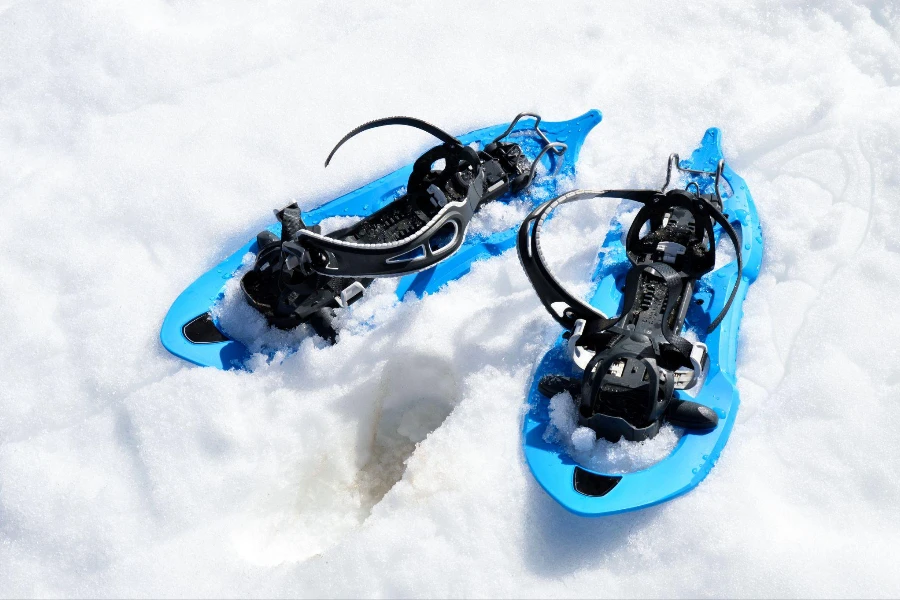
Selecting the appropriate snowshoes is crucial for a comfortable and safe snowshoeing experience. Snowshoes come in various shapes and sizes, each designed for specific terrains and snow conditions. Flat terrain models are ideal for beginners due to their ease of use on gentle trails. Rolling terrain snowshoes, with their increased traction, are suited for more adventurous trails with moderate elevation changes. Lastly, mountain terrain snowshoes are built for the rugged conditions of backcountry exploration, featuring aggressive crampons for steep and icy conditions.
When considering size, weight is a key factor. The snowshoe’s length should correspond to the user’s weight, including any gear they plan to carry. This ensures adequate flotation on the snow. Additionally, the binding system plays a significant role in the overall experience. Look for bindings that are easy to adjust, secure, and comfortable over long distances.
Mastering snowshoeing techniques
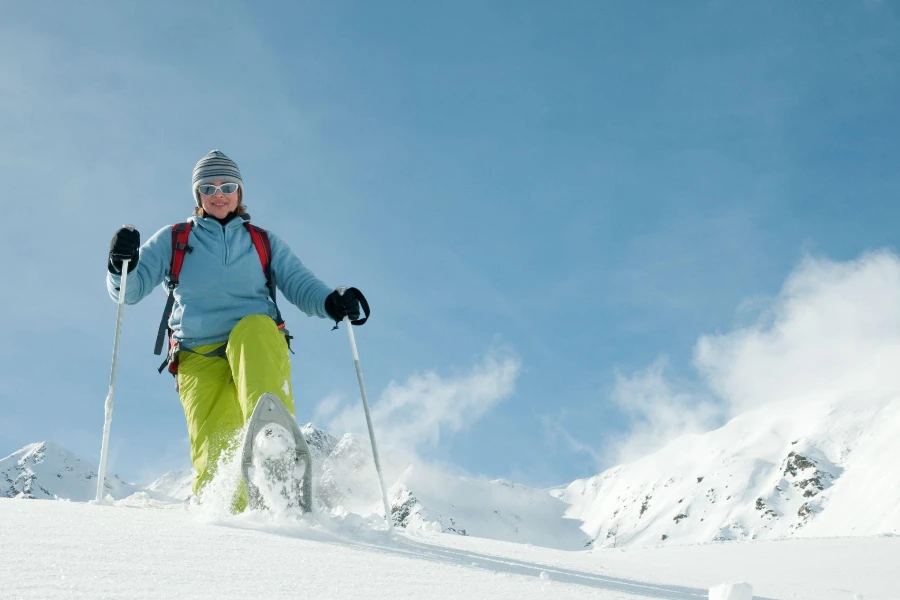
Snowshoeing may seem straightforward, but mastering the technique can significantly enhance your efficiency and enjoyment. The basic gait involves lifting your feet slightly higher and placing them more deliberately to avoid tripping over the frames. For uphill climbs, make use of the snowshoe’s toe crampons, and lean forward to increase grip. When descending, keep your weight back and use a wider stance for stability.
Turning while snowshoeing can be challenging, especially in deep snow. The kick-turn is a useful maneuver in tight spaces, involving lifting one foot high and swinging it around while planting the other firmly in the snow. Practicing these techniques in a safe, open area can build confidence before tackling more challenging terrain.
Essential safety tips for snowshoeing
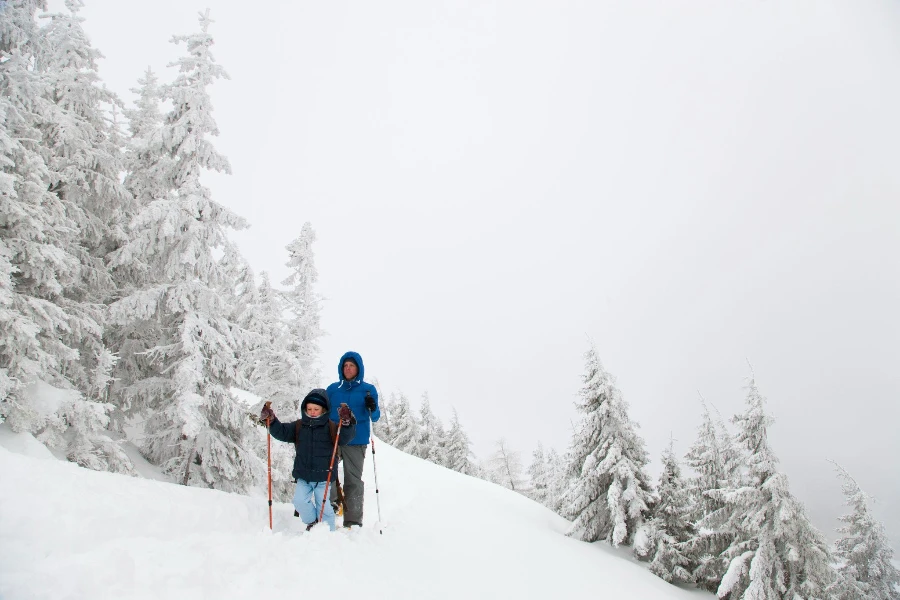
Safety should always be a priority when snowshoeing, particularly in remote or mountainous areas. Always check the weather forecast and trail conditions before heading out, and be prepared for sudden changes in weather. Carrying a basic survival kit, including a map, compass, first-aid kit, flashlight, and extra food and water, is advisable.
Understanding the signs of hypothermia and frostbite is crucial for winter sports enthusiasts. Dressing in layers, keeping dry, and staying hydrated can help prevent these conditions. Moreover, never snowshoe alone in unfamiliar or risky areas. Having a companion not only enhances the experience but also ensures help is at hand in case of an emergency.
Understanding trail etiquette
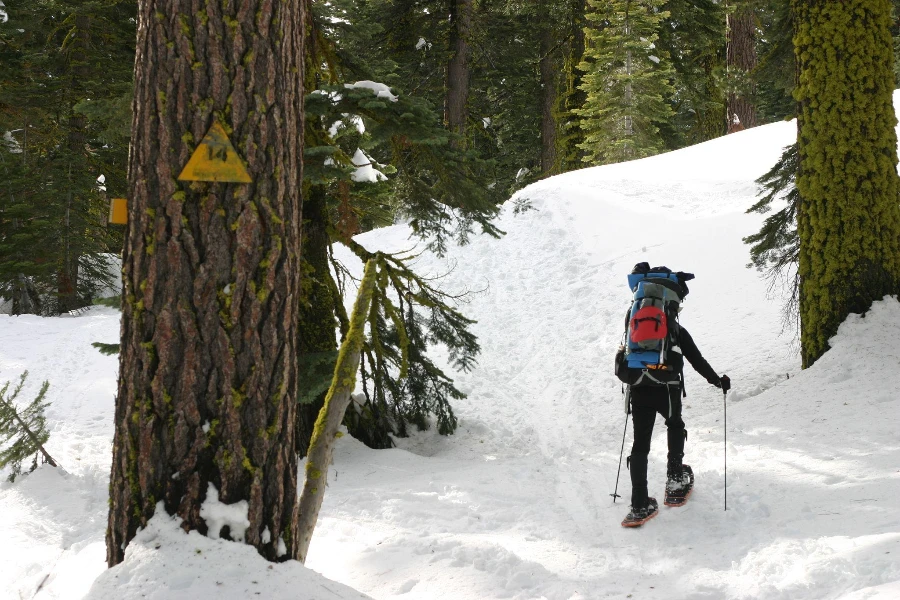
Trail etiquette is fundamental to ensuring a pleasant experience for all users. When snowshoeing on shared trails, it’s important to yield to faster users, such as cross-country skiers, and to avoid stepping on ski tracks. Additionally, staying to the right and passing on the left, much like road rules, helps maintain order on busy trails.
Respecting wildlife and the environment is also a key aspect of trail etiquette. Stick to marked trails to minimize impact on the surrounding ecosystem, and carry out all trash to keep the wilderness pristine for future visitors.
Caring for your snowshoes
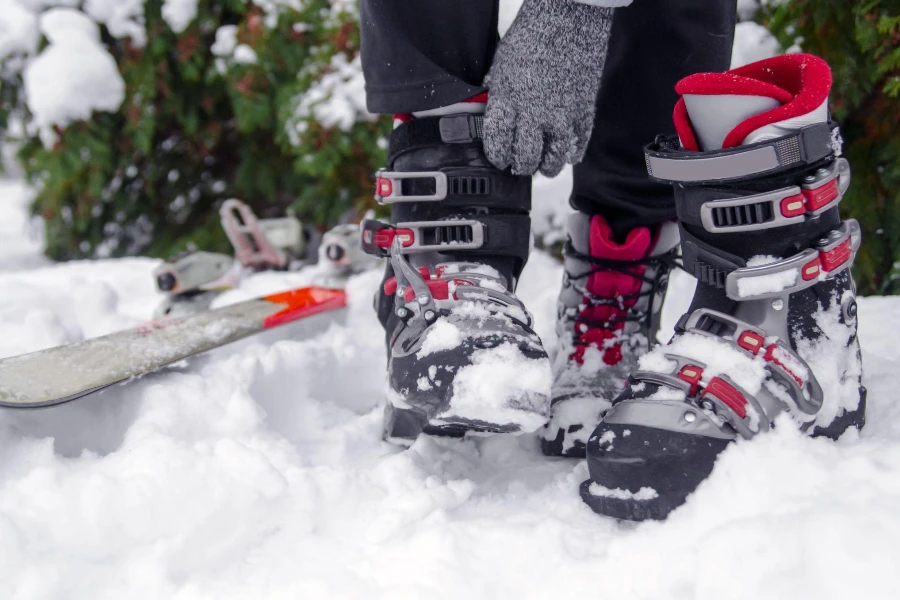
Proper maintenance extends the life of your snowshoes and ensures they remain reliable on the trails. After each use, clean snow and ice off the frames and bindings, and allow them to dry thoroughly before storage. Inspect your snowshoes regularly for signs of wear or damage, particularly in the bindings and crampons, and make repairs as needed.
Storing snowshoes in a cool, dry place away from direct sunlight helps prevent degradation of the materials. With proper care, your snowshoes can provide many seasons of winter adventure.
Conclusion:
Snowshoeing offers a unique way to explore the beauty of winter landscapes. By choosing the right gear, mastering the technique, following safety guidelines, respecting trail etiquette, and maintaining your equipment, you can enjoy countless adventures on the snow. Whether you’re venturing into the backcountry or enjoying a serene walk on local trails, snowshoeing is a rewarding activity that connects you with the natural world in the winter months.




